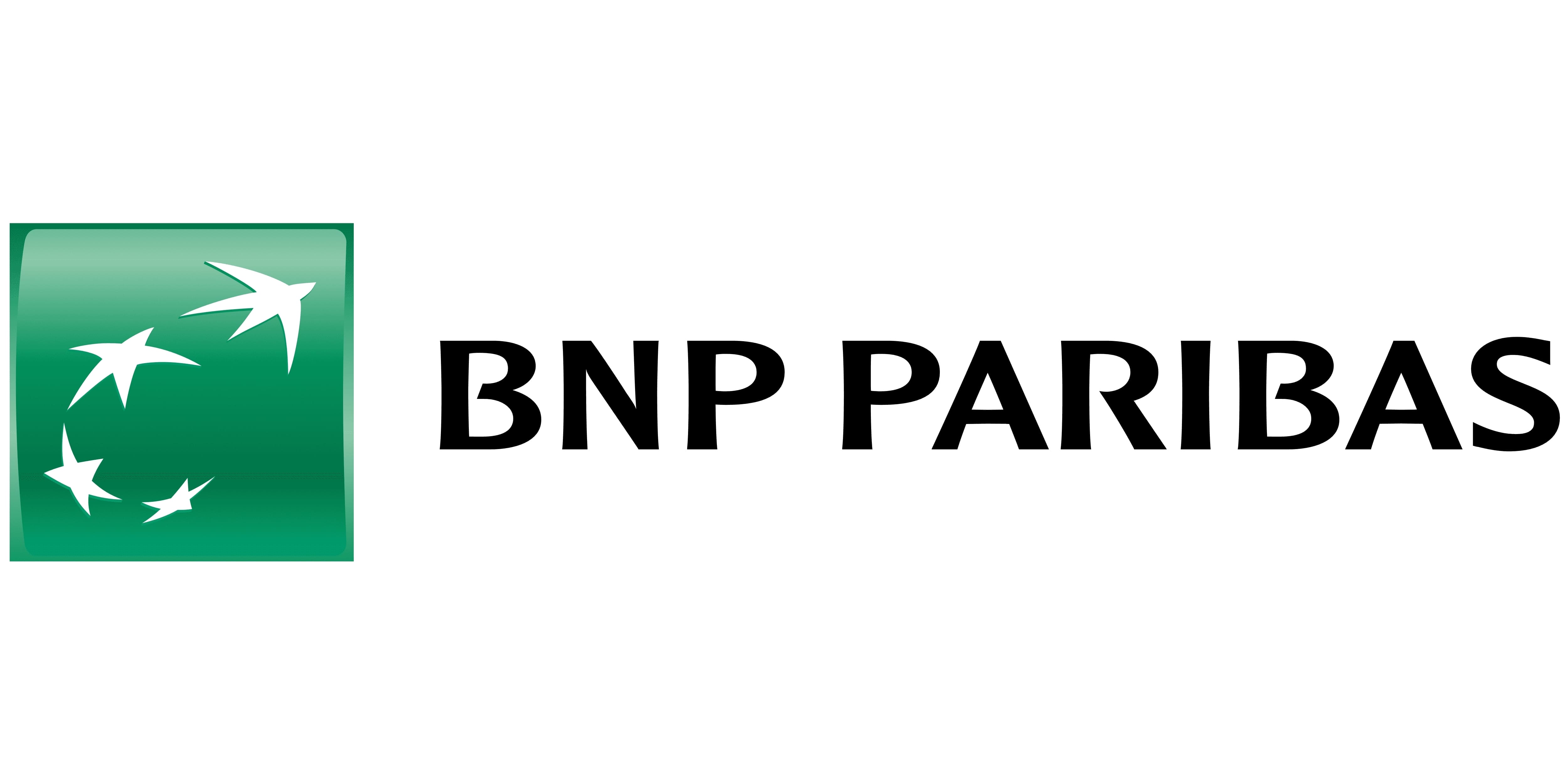News that AXA is exploring a potential merger of its asset management arm with BNP Paribas prompts questions about the duo’s combined ETF ranges.
Earlier this month, Bloomberg reported the two French giants are considering a joint venture (JV) for their asset management businesses.
The move would create a combined European ETF issuer with $32bn assets under management (AUM), mostly dominated by BNP Paribas Asset Management’s (BNPP AM) more extensive range.
This is not the first time the two houses have worked together in ETFs. In 2005, BNPP AM and AXA Investment Managers co-founded EasyETF, marking their entry into the nascent European ETF market.
AXA IM sold its stake in the business to BNPP AM in 2009 before re-entering European ETFs in September 2022, some 17 years after its first foray in the space.
Much has changed in European ETFs since the duo first decided to partner in 2005. Most notably, the market is dominated by one player, BlackRock, which runs almost half of the industry’s AUM.
To compete, scale is everything, a key reason behind AXA’s decision to explore options for its asset management business in the first place.
There is plenty to like about a potential merger between the duo’s ETF ranges. There is currently little crossover, with BNPP AM primarily offering rules-based ETFs while AXA IM has focused mostly on active ETFs.
Furthermore, BNPP AM has gone all in on the ESG boom, with the firm’s entire ETF range incorporating some form of sustainable characteristics, the largest being the €1.4bn BNP Paribas Easy JPM ESG EMU Government Bond IG UCITS ETF (JBEM).
Meanwhile, AXA IM has had a strong start to life back in European ETFs. The firm’s range has gathered $2.3bn in just under two years, almost half of which has been piled into the AXA IM Nasdaq 100 UCITS ETF (ANAV) which is the joint-cheapest Nasdaq 100 exposure in Europe.
Active ETFs will likely be the area of most interest, however, as BNPP AM has only recently launched its first strategies that apply an “index-like approach” combined with the firm’s proprietary ESG methodology.
The firm has plans to further expand its active ETF range which is a natural fit with AXA IM’s primary focus in the market.
As the pressure on costs increases, asset management firms must find ways to compete. ETFs is a natural first step, however, it is dominated by a handful of players.
Management at mid-sized ETF issuers are constantly looking for ways to scale, and fast, which is why a JV between these two French giants makes sense.





